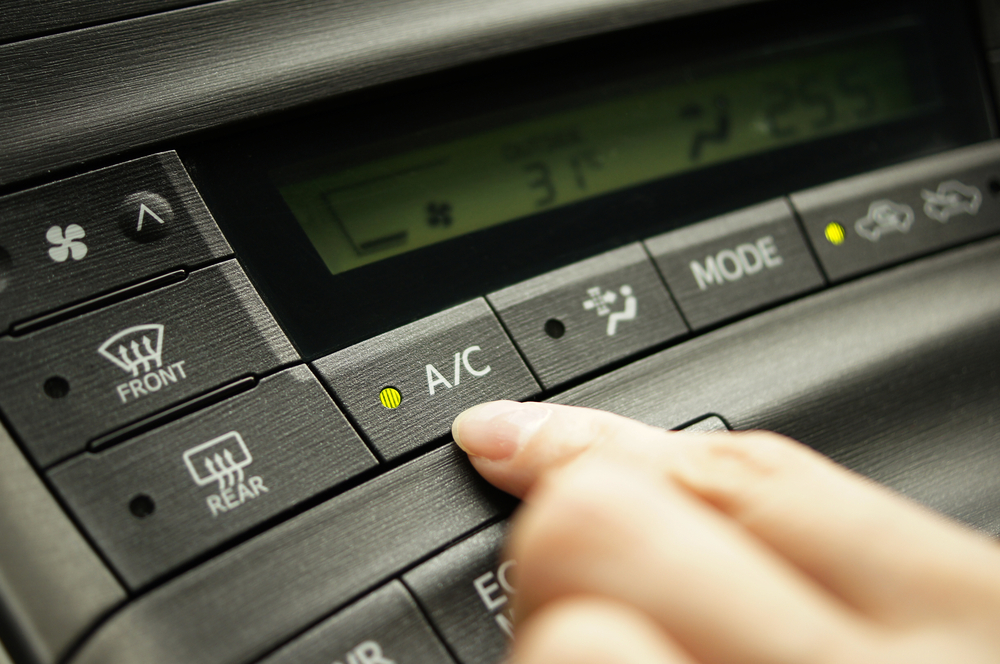Blog

Symptoms of a Bad or Failing AC Pressure Switch
The AC pressure switch is a safety switch that is mounted on both the high and low sides of the air conditioning system. It monitors the pressure of the refrigerant on its respective side of the system. There is a high side pressure switch, and low side pressure switch, and they both serve to monitor the system for pressure faults that can damage the compressor.
When the pressure is too low, the compressor risks damage due to running with low oil. When it is too high, the compressor is at risk of overheating and becoming damaged. Depending on which side of the system the sensor is mounted in, when the pressure rises too high or drops too low, the switch will turn off the compressor to prevent damage from occurring. As the pressure switches serve to protect the compressor and rest of the system from damage, they play an important role for the proper function and service life of an AC system, so they should be replaced if they are causing problems. When they begin to fail they will usually display a few symptoms that will alert the driver of a potential problem.
1. AC system cutting on and off rapidly
Repeatedly cycling on and off is part of the normal operation of an AC system. There are periods where the AC is turned off, such as when the proper temperature has been reached, and the pressure is adequate. However, if the system is cycling on and off very frequently or more rapidly than normal, it could be a sign that the cycling switch is not functioning properly.
2. Unable to cool the car
If either of the AC pressure switches fails, then the system will have a difficult time maintaining the pressure required to function properly. If the pressure is not right, then the AC system will not be able to produce the cold air required to adequately cool the cabin.
3. Compressor not coming on
As the pressure switches control the on/off function of the AC compressor, a switch failure can prevent the AC compressor from functioning at all. The compressor is what pumps refrigerant through the entire system. If it is not functioning, then the system can not operate, and will be unable to produce cold air.
Posted on December 2017,19 // Author: Admin